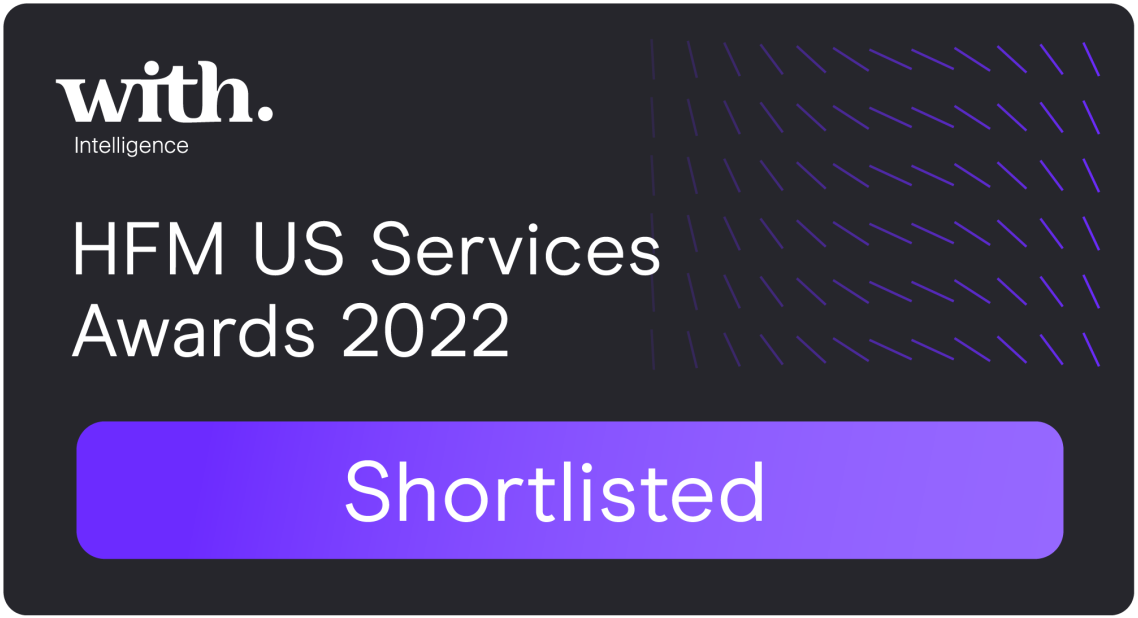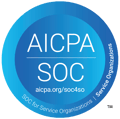Will market volatility drastically alter the level of transparency that allocators provide today and how will investors and the SEC respond?
Gygmy Gonnot, Managing Director, Vidrio Financial
Following market movements to the downside in recent months, Vidrio Financial has seen an increased demand from allocators requesting greater levels of transparency into their portfolios and underlying holdings. These holdings represent over $100 billion in assets under management. As you may recall, back in February, the SEC’s Commissioner Allison Herren Lee issued a statement that stated, “transparency, protection against conflicts of interest, and accountability are the cornerstones of investor protection in all markets”. Ms. Lee went on to state that the private market includes over 5,000 registered private fund advisers managing over $18 trillion in private assets. Without SEC oversight, informational gaps and conflicts of interest could harm investors and the overall market.
The underperformance across portfolios is changing the narrative as it relates to the levels of transparency managers have historically provided to investors. Private Equity shops have typically embraced transparency by providing full disclosure quarterly to their investors, whereas larger, well-known hedge fund managers, that have never provided position-level transparency, are now opening their books for the first time. In essence, all sides from the SEC to the clients, are now making transparency a higher priority than we have seen in the past.
The ESG View
From an ESG standpoint, we have seen an uptick in demand for more portfolio holdings and insights from pension funds as they require this data to paint a better picture of the underlying investments their GPs have made. The market downturn has also created a greater sense of urgency around that process. Last November, Preqin, a data provider to the alternative and private market industry, noted that managers that have an ESG focus face an increased challenge of determining the best KPIs to meet evolving standards when it comes to transparency and investor demands. ESG transparency is going beyond the quantitative KPIs detailing the qualitative factors for investors that can range from greenhouse gas emissions, overall diversity at the investment level, investment locations as it relates to geo-political outcomes, and more.
Asset Retention Mode
Given the recent market volatility, many asset managers now find themselves in asset retention mode. From a recent Reuters article, hedge fund assets fell below $4 trillion in June, brought on by below-average performance and investors' withdrawals. Pensions are in a similar mode with the daily news cycles reporting on double-digit declines due to market volatility. Considering these declines, we have seen 4X as many requests from investors for better portfolio transparency since bear markets have started to take hold of investor portfolios.
SEC Perspective:
The demand for greater detail comes at a time when the Security and Exchange Commission has also publicly slated some new rules, especially in the area of private equity regarding transparency. Under these newly proposed rules, the SEC would greatly expand regulatory compliance obligations for all investment advisers to private funds, including exempt reporting advisers, foreign private advisers, and other investment advisers to private funds that are not otherwise required to register with the SEC (for example, state registrants, private fund advisers).
As part of these new rules, the SEC has proposed substantial amendments to Form PF, the confidential reporting form for certain SEC-registered investment advisers to private funds, which are funds that are excepted from the definition of “investment company” by virtue of the exceptions outlined in Sections 3(c)(1) and 3(c)(7) of the Investment Company Act of 1940. The SEC’s leadership says the proposed amendments are designed to enhance the Financial Stability Oversight Council’s ability to assess systemic risk, as well as to bolster the SEC’s overall regulatory oversight of private fund advisers and its investor protection efforts, in light of the growth of the private fund industry.
Finally, the proposal would require more information regarding large private equity funds to enhance the information used for risk assessment and the SEC’s regulatory programs. Not only are investors seeking more disclosures as it relates to portfolio positions, but they are also requiring further detail as it relates to how some private equity portfolios are valued and the methodology that is used given the significant declines we have seen in the public markets.
The secondary market has been forcing change as some are seeing price depreciation for portfolio assets of select PE funds where allocators are looking to liquidate positions, with some seeing 25% discounts to the current book value the PE manager is reporting in their quarterly reports. This disconnect is starting to drive more allocators to question whether this secondary discount will finally show up in quarterly reports, which tends to lag public market reporting, before the end of the year.
Another example comes from the public markets, where publicly traded private equity firms, such as Blackstone, are finally reporting losses that were likely incurred earlier in 2022. Even more drastic examples are starting to appear in fund of hedge funds, where portfolio declines could lead to gating strategies. This issue recently appeared with Legion Strategies, a fund of hedge fund affiliated with Anthony Scaramucci’s Skybridge Capital.
At Vidrio, we have taken a proactive approach to this market volatility to gain even more position-level transparency on a timelier basis and therefore more actionable basis. Find out how we can assist your investment teams today in managing risk, transparency, reporting, compliance, and more.







